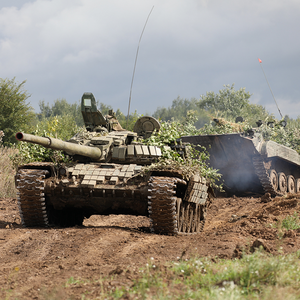
Feeding the Bear: A Closer Look at Russian Army Logistics and the Fait Accompli - War on the Rocks
- Article
- Nov 23, 2021
- #Politics
Most of these wargames, such as RAND’s Baltic study, focus on fait accompli, an attack by the Russian government aimed at seizing terrain — then quickly digging in. This creates a d...
Show More